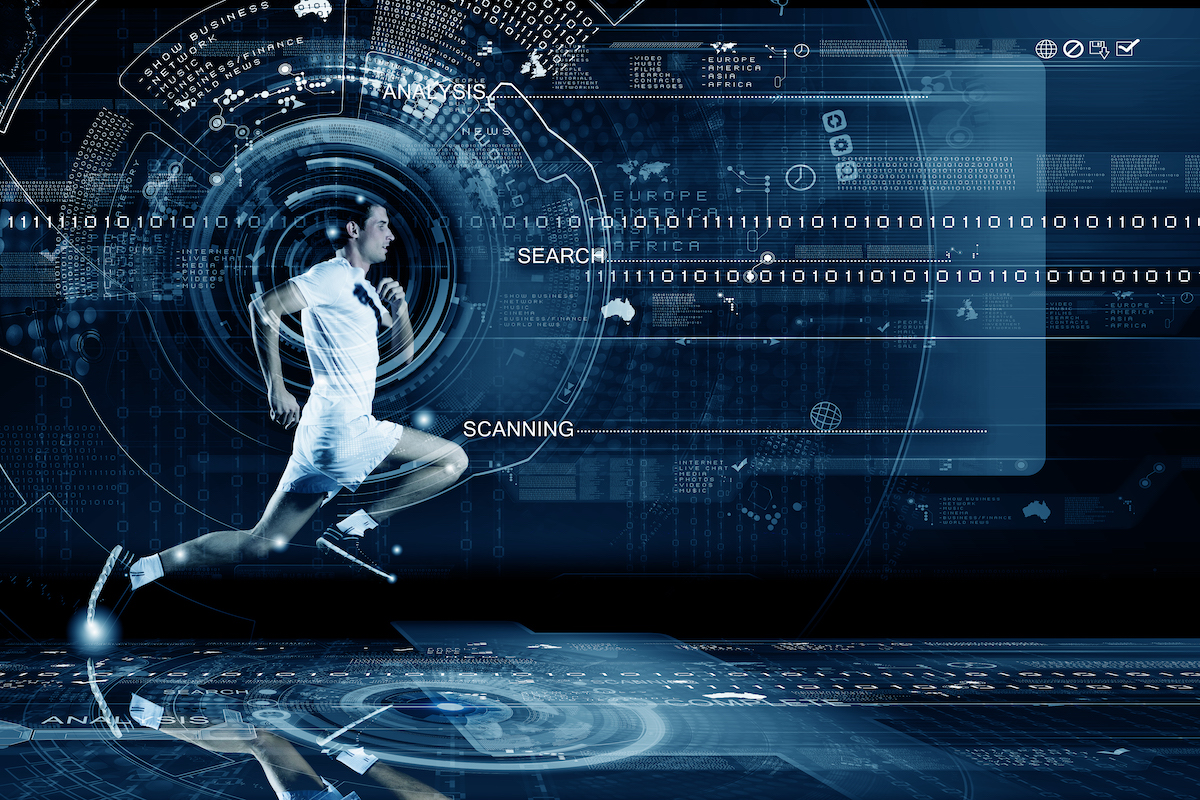Contact us today.
Our global experts are ready to help your business. Get in touch with one of our representatives today.
Send messageThe desire for player and team performance improvement, regardless of sport, has ensured that the field of sports analytics isn't just a passing fad. In fact, according to a recent report from MarketsandMarkets, the global sports analytics markets is predicted to grow from just under $124 million in 2016 to more than $616 million in 2021.
No matter the sport, the use of data analytics can improve many aspects of an athletic team, from high school to college and beyond.
In the United States, the use of analytics in basketball is perhaps the most prevalent, with draft decisions and team strategies often based on data gathered from historical games. With six cameras capturing the movements of each player in a game, data collection is no longer limited to points scored - it can also include defense, possession and other factors. Coaching staff also receives live information that may lead to changes in team lineup or tactics.
While statistical analysis has been around for ages, the new wave of sports analytics gathers a whole host of data points and allows for easy calculation of new and often surprising statistics. For example, Player A plays best when Player B is also on the team but only during home games.
Let's not forget competitor analysis, where the same analytics techniques are used to determine a rival's weaknesses, strengths and common team strategies. Just like commercial companies in other industries, data is power in sports. Those who can collect and provide actionable insights from data are more likely to succeed.

In high-impact or endurance sports such as boxing, rugby, triathlons and rowing, it is useful for coaches to use predictive analytics to determine the likelihood of injury. Boosting the performance of each player by analyzing diet and exercise is possible with analytics, allowing for each player to receive personalized training and nutrition programs.
High-profile events with live broadcasting and immediate access to the latest stats add to the excitement for spectators. In most sports, stats are calculated immediately and presented to all broadcasters involved. Add social media to the mix and the demand for an enhanced sporting experience is even more evident. Interesting facts, stats and relevant promotions are shared with fans in real-time.
Sports teams and organizations that are willing to use data analytics, if not already in use, are sure to gain a variety of benefits. Analytics doesn't take away the fun of sports or herald the demise of traditional scouts but instead allows sports to utilize technology in a way that can improve all aspects of the business.
With such predicted growth, sports is yet another area ripe for new IT roles. This is not just in data analytics, but in all four stages of the process: data collection , data management, data extraction and, of course, analysis.
Data collection may require specific custom configurations in the IT infrastructure, such as custom software or integration with cameras, timers, and wearables. Data management also requires specific skills or proprietary solutions. The extraction and analysis process typically requires data scientists as off-the-shelf-solutions often lack the flexibility needed in sports.
The future looks bright for sports analytics and its growth will depend on those willing to embrace it. Those who love sports and possess the necessary IT skills will be interested. Are you prepared to hire them?